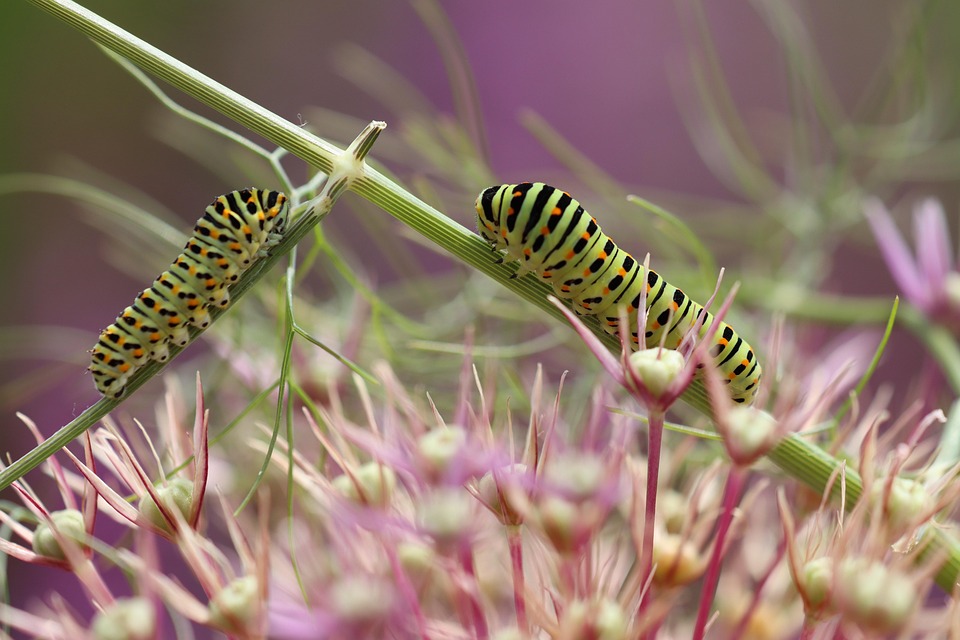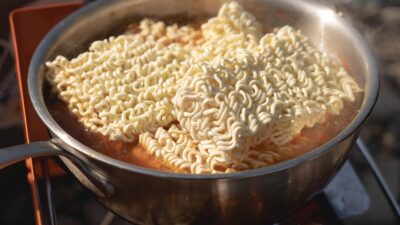In today’s fast-paced world, the allure of quick meals often overshadows the beauty of slow cooking. Yet, the slow cooking method has been a cherished technique across cultures, bringing forth flavors that are deep, complex, and satisfying. Understanding the science behind slow cooking reveals why this culinary practice is not only comforting but also superior in flavor.
The Basics of Slow Cooking
Slow cooking typically involves a low, steady heat over an extended period, usually ranging from several hours to a full day. This method can be executed using slow cookers, stovetops, or ovens designed for low-temperature cooking. The essence of slow cooking lies in the controlled environment, allowing culinary magic to unfold gradually.
The Maillard Reaction
One of the key scientific phenomena at play in slow cooking is the Maillard reaction, a form of non-enzymatic browning that occurs when heat is applied protein and sugars present in the food. This reaction not only develops rich, savory flavors but also enhances color and aroma. In slow cooking, the extended exposure to heat allows this reaction to take place more effectively, resulting in deeply caramelized meats and vegetables.
Collagen Breakdown
When cooking tougher cuts of meat, slow cooking is particularly advantageous. These cuts contain a significant amount of collagen, a connective tissue that toughens meat. When exposed to low heat over time, collagen breaks down into gelatin, giving the dish a rich, luxurious mouthfeel and enhancing its overall flavor. This transformation is why stews made with beef chuck or pork shoulder become so tender and flavorful when slow-cooked.
Flavor Concentration
The slow cooking process allows for the gradual melding of flavors. Ingredients like herbs, spices, and aromatics have the time they need to release their essential oils and compounds, resulting in a dish where each component sings in harmony. The evaporation of water during long cooking times also concentrates flavors, ensuring a depth that is often absent in quicker cooking methods.
Brining and Infusing
Slow cooking is ideal for incorporating liquid, whether it’s broth, wine, or a marinade. As the dish simmers away, the flavors from the liquid infuse the meat and vegetables, deepening the taste. Additionally, slow cooking allows for better brining; the longer the meat sits in its marinade, the more flavor it absorbs.
Nutrient Preservation
Another science behind slow cooking is its ability to preserve nutrients. Cooking at lower temperatures helps maintain the integrity of water-soluble vitamins, which can be lost during high-temperature methods. For those looking to get the most health benefits from their meals, slow cooking can be a viable option.
Time Management in the Kitchen
The time commitment of slow cooking might seem counterintuitive in a world that favors expediency. However, the hands-off nature of slow cooking allows for efficient task management in the kitchen. Once ingredients are prepped and the cooker is set, time can be spent on other tasks, making slow cooking an efficient choice for busy lives.
The Experience of Slow Cooking
Beyond the science, there is an inherent joy in slow cooking. The process invites mindfulness, transforming cooking from a chore into an experience. The aromas wafting through the kitchen create a warm, inviting atmosphere, often evoking nostalgia and connection to family traditions.
A Culinary Tradition
Slow cooking has roots in cultures around the world, from the French ‘braisage’ to the Italian ‘stufato,’ each with its signature techniques. These traditions highlight the universal recognition that patience in cooking brings rich rewards.
Conclusion
Patience truly pays off in flavor when it comes to slow cooking. The science of chemical reactions, the breakdown of collagen, the infusion of flavors, and the preservation of nutrients all work in harmony to create dishes that tantalize the palate. As we appreciate the culinary journey that slow cooking offers, let’s take the time to embrace it, savoring not only the final product but the process itself. So, next time you find yourself with a little extra time, consider reaching for the slow cooker and relish in the flavors that patience can bring.



